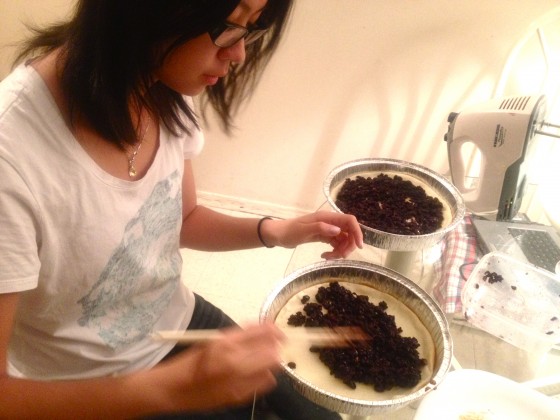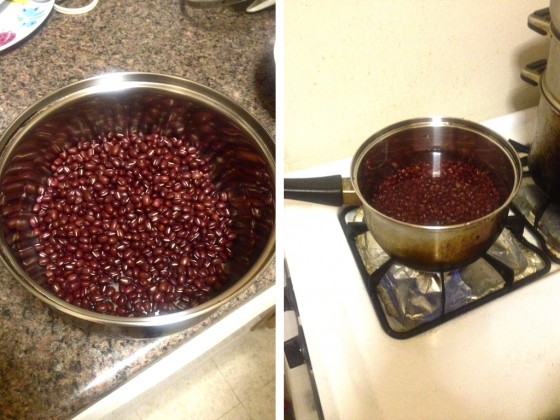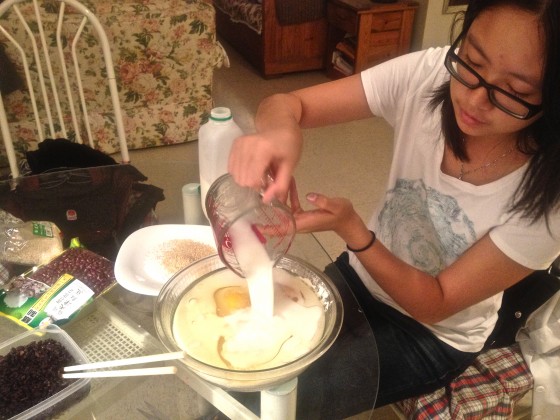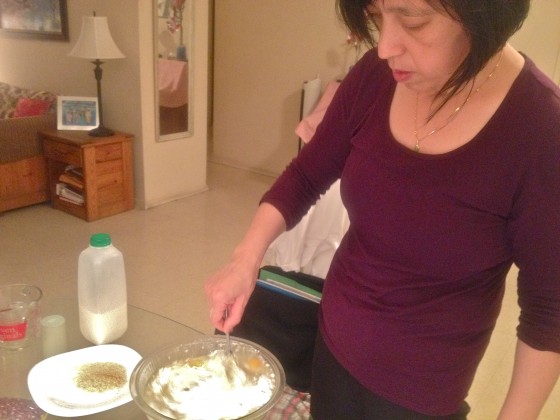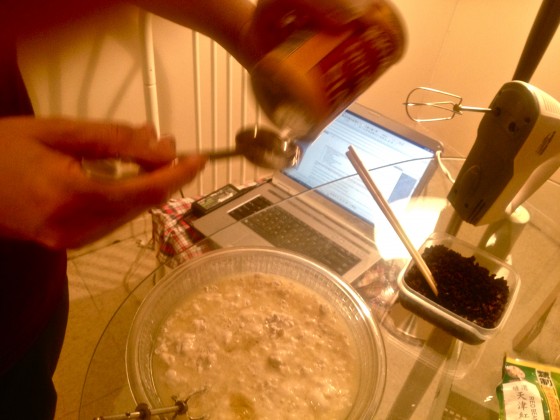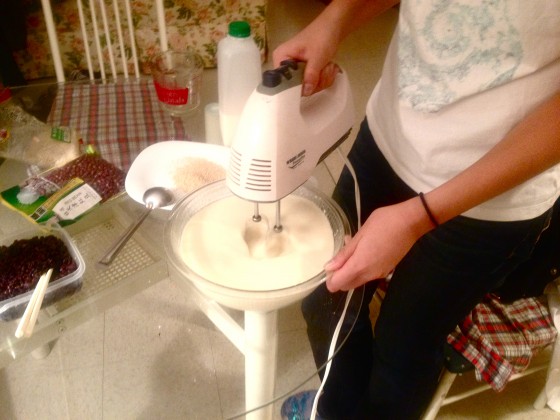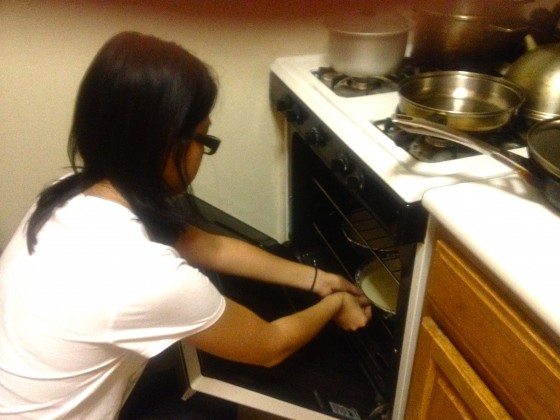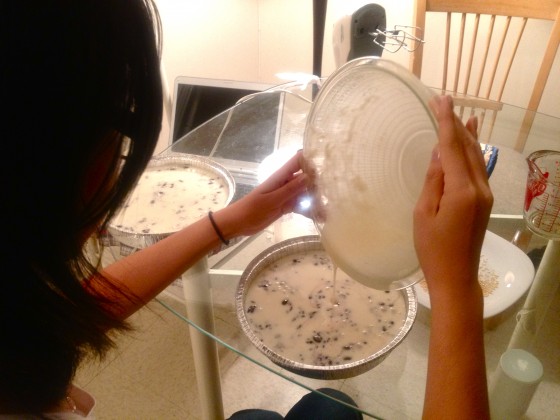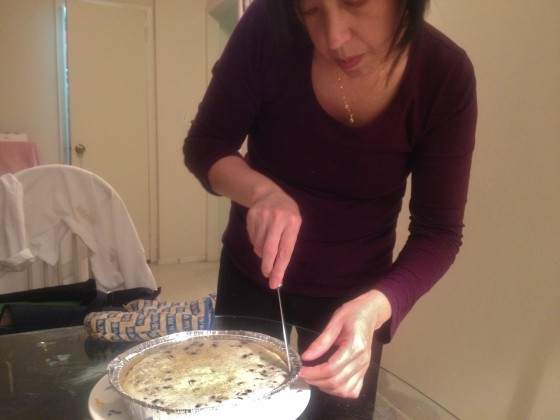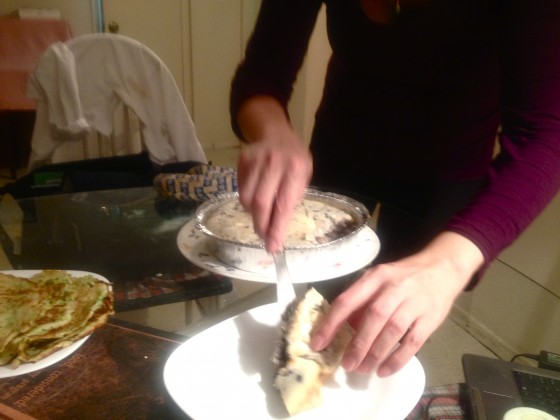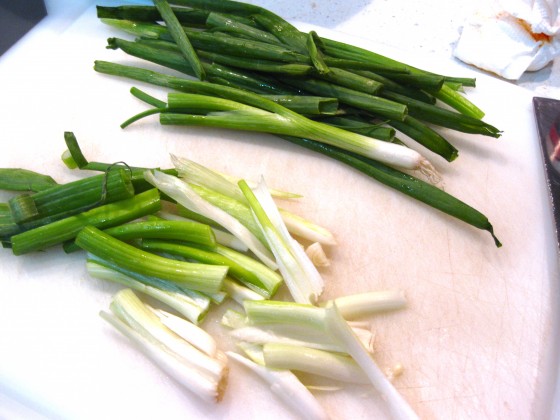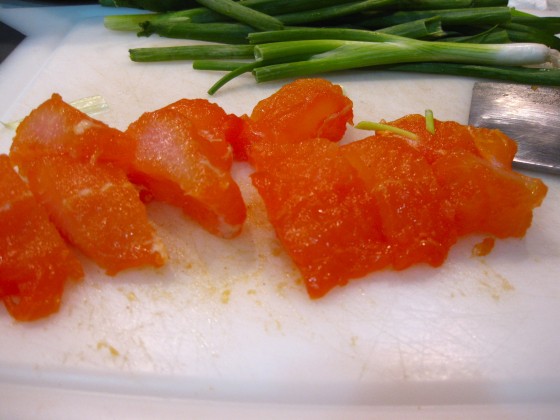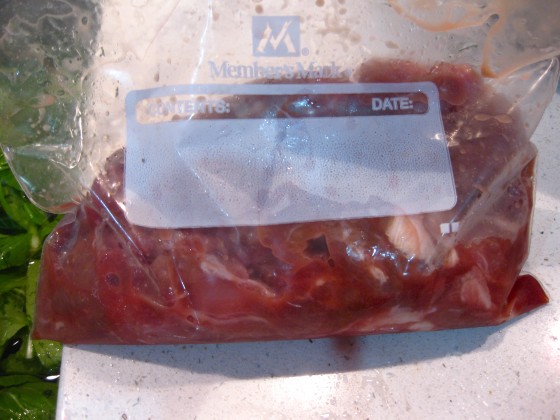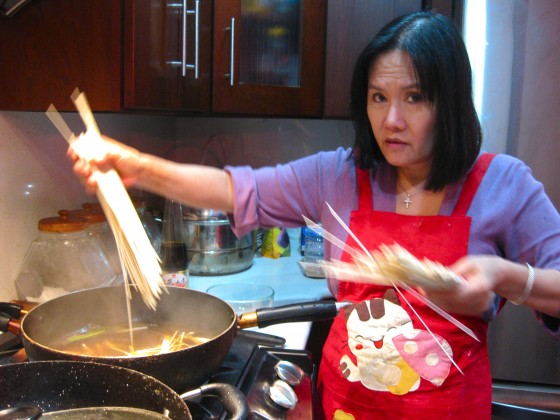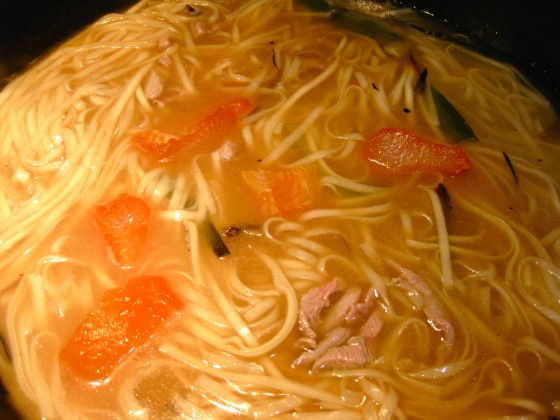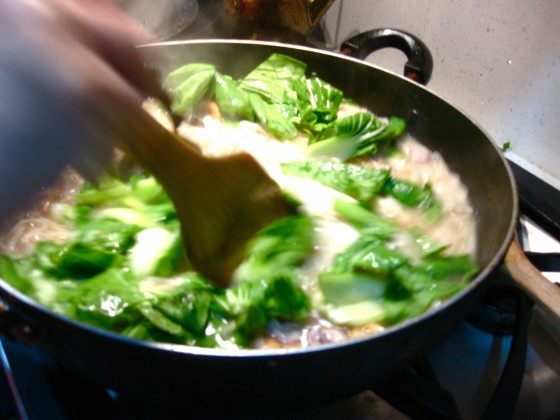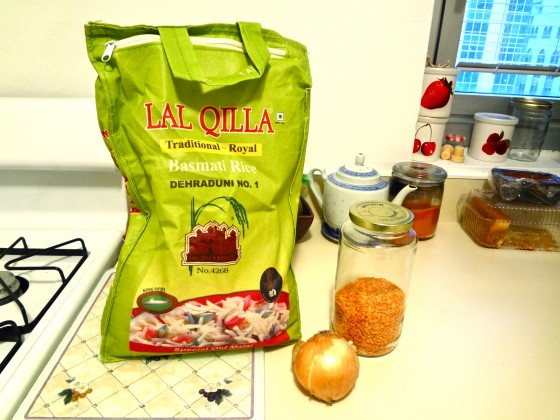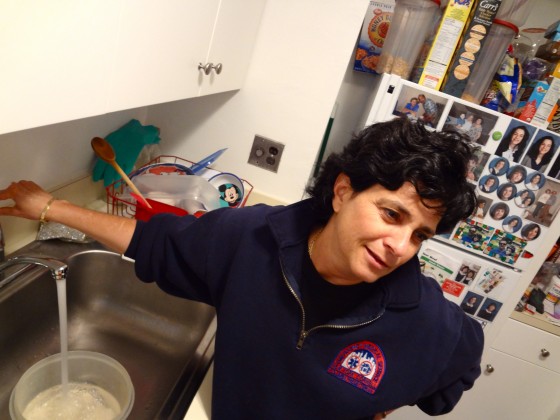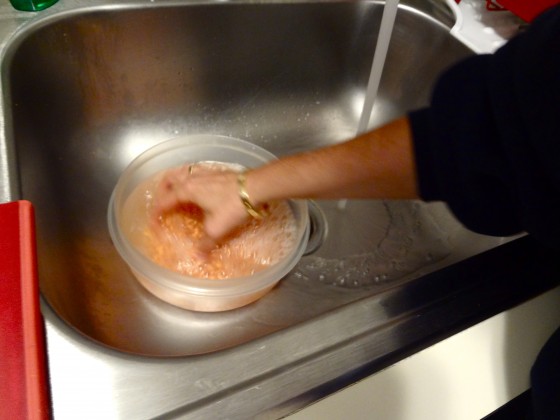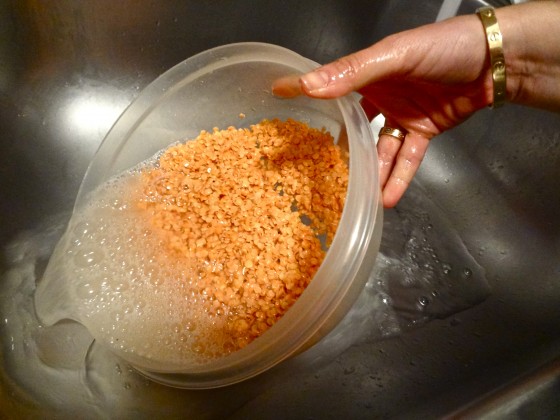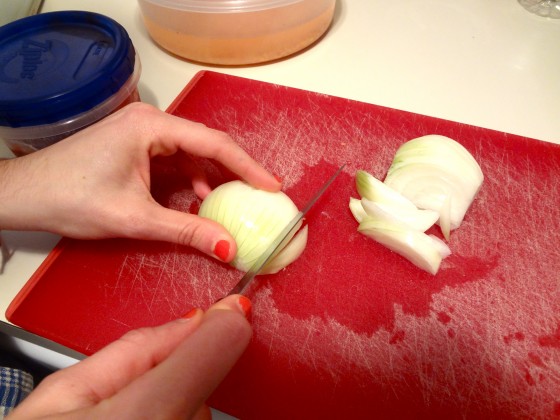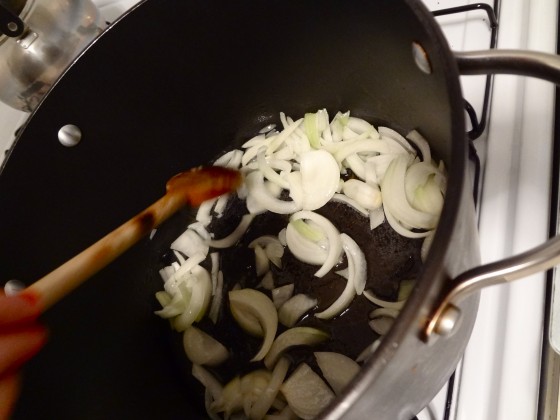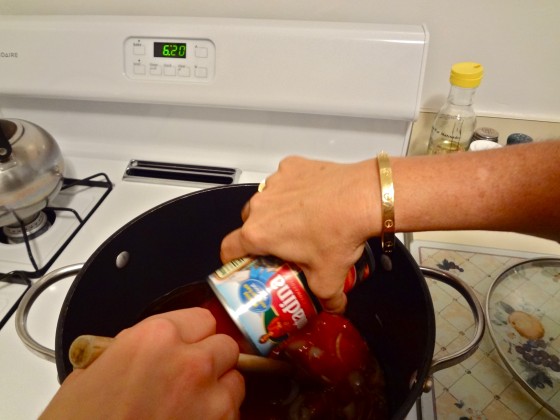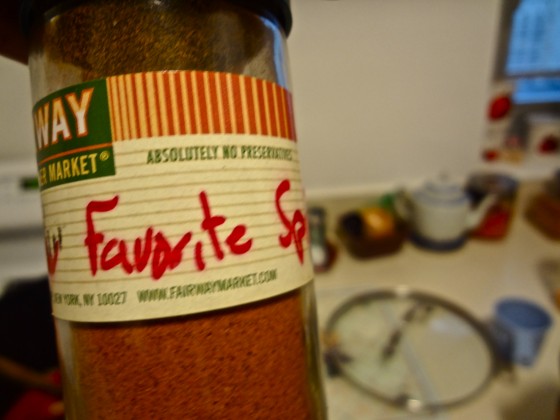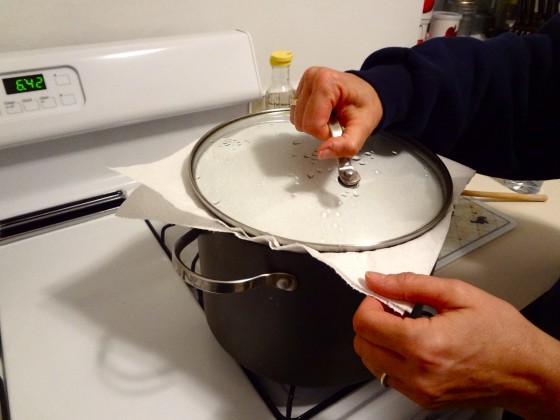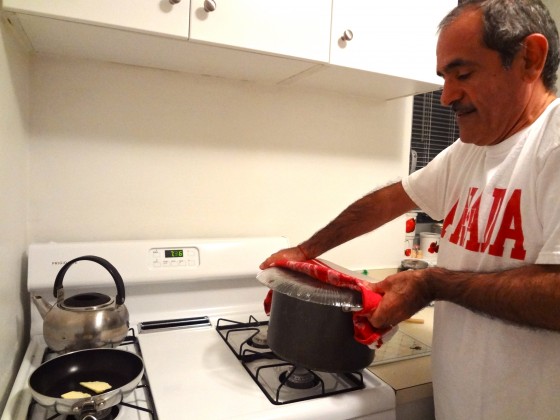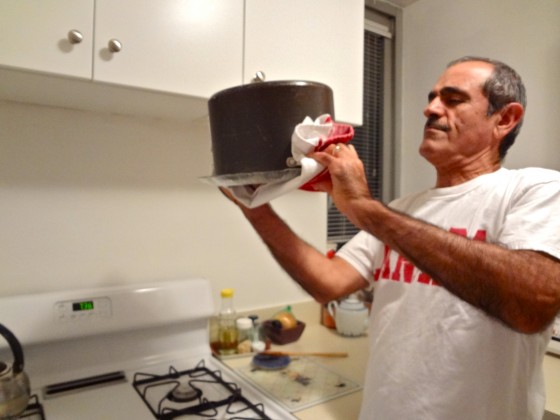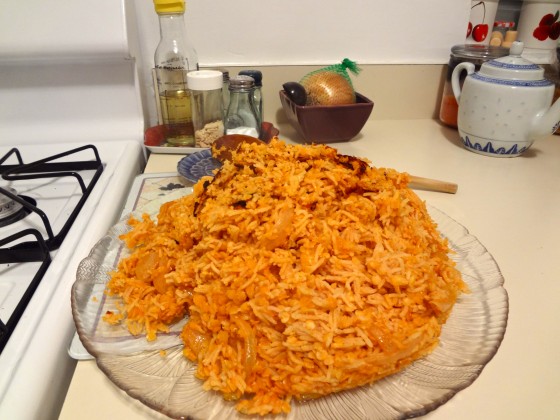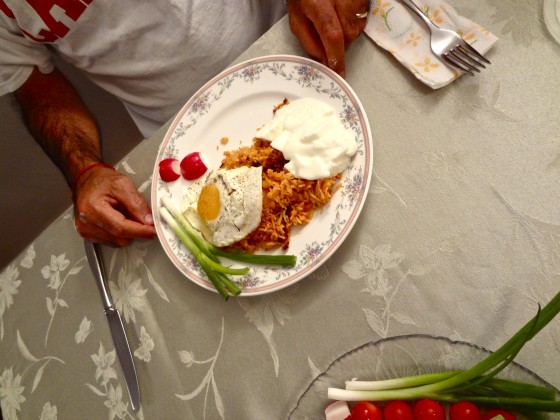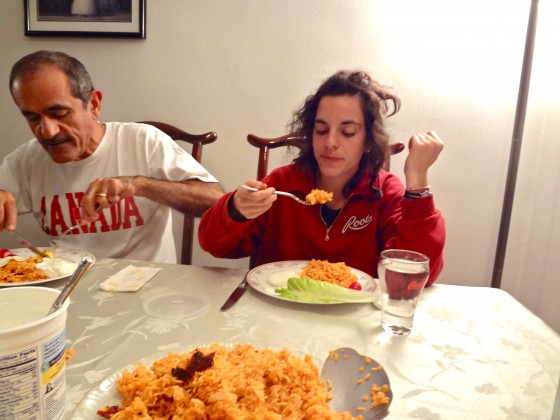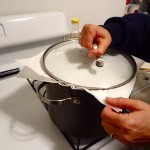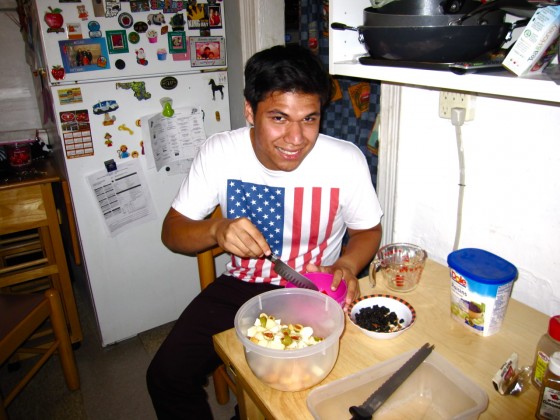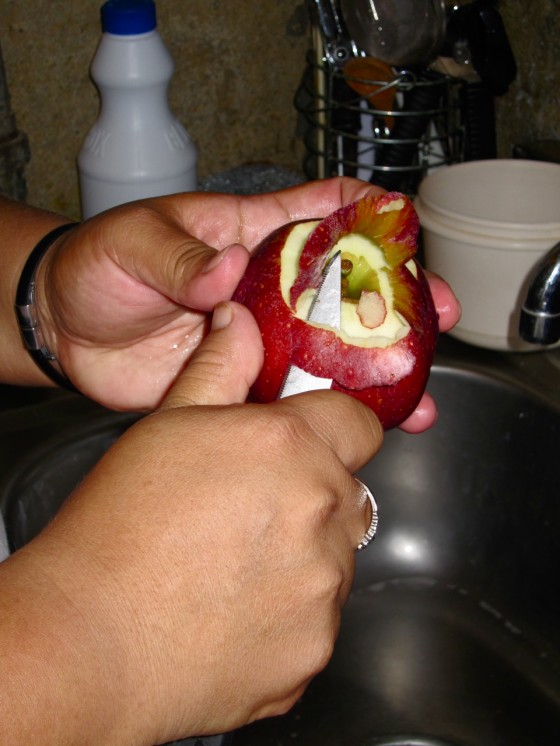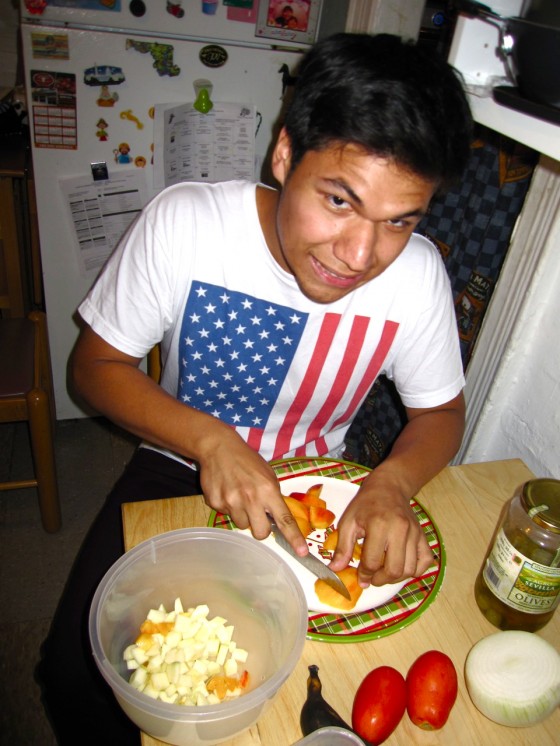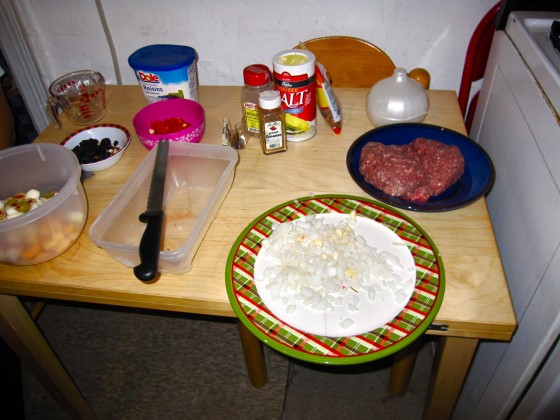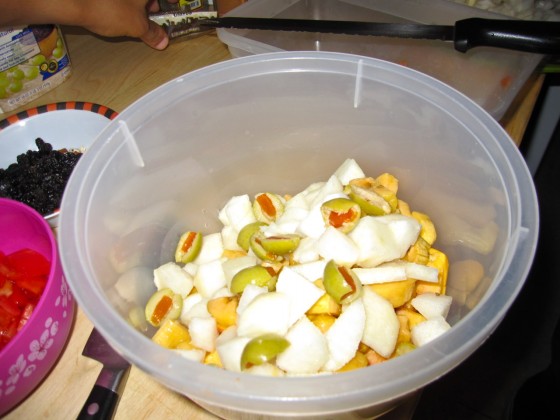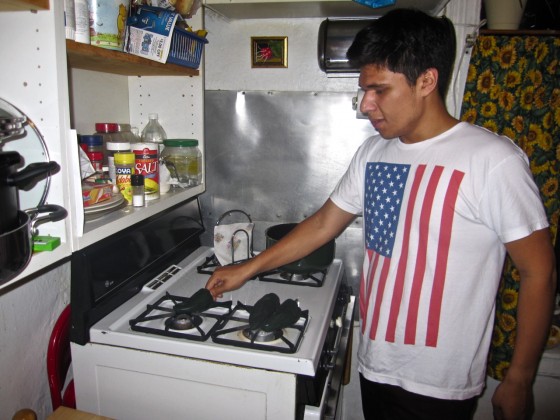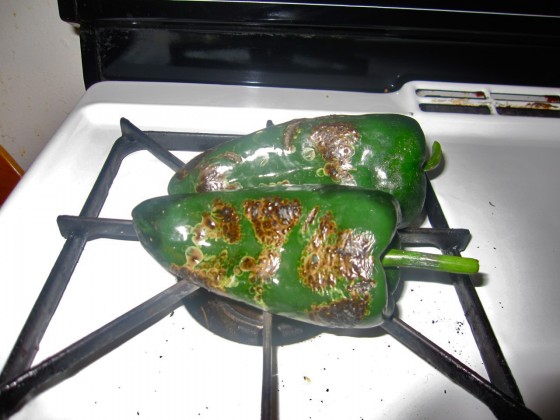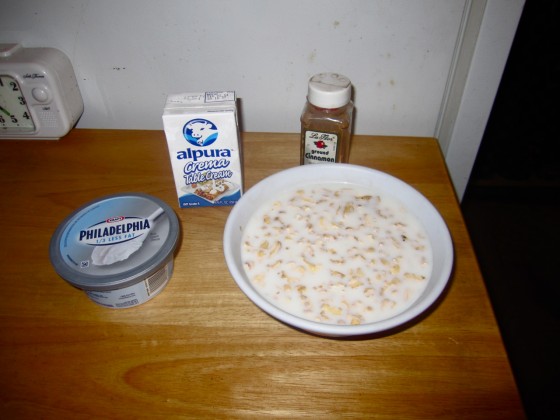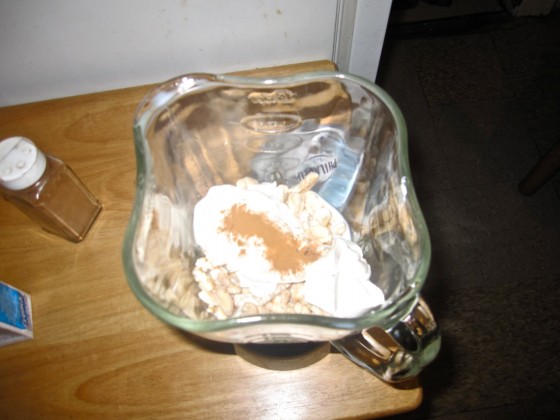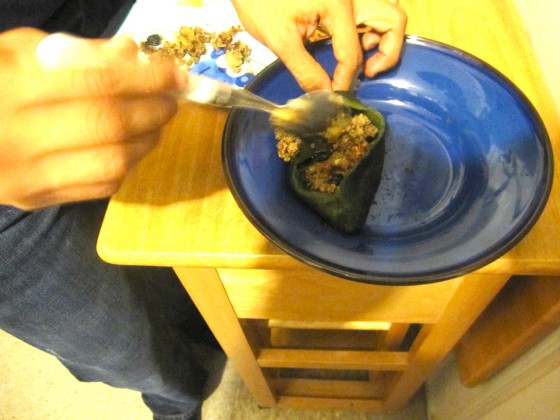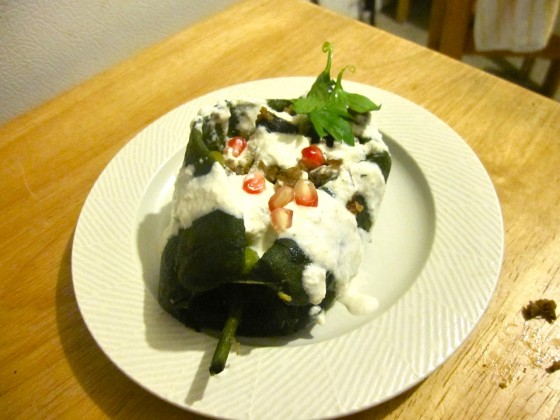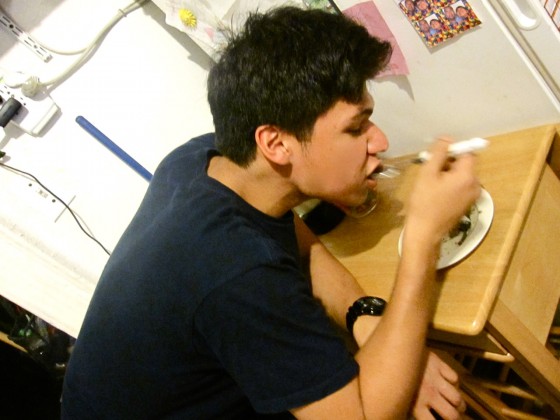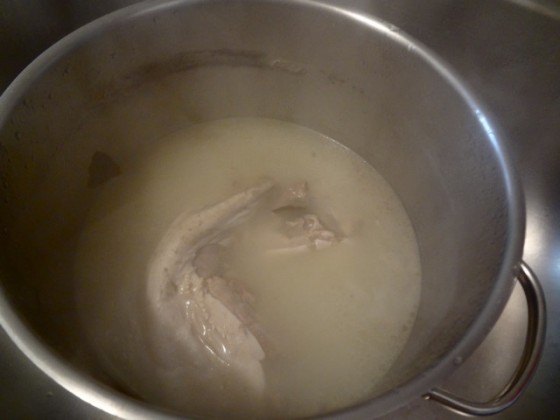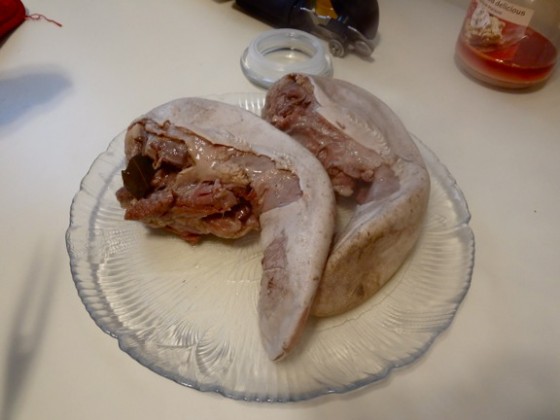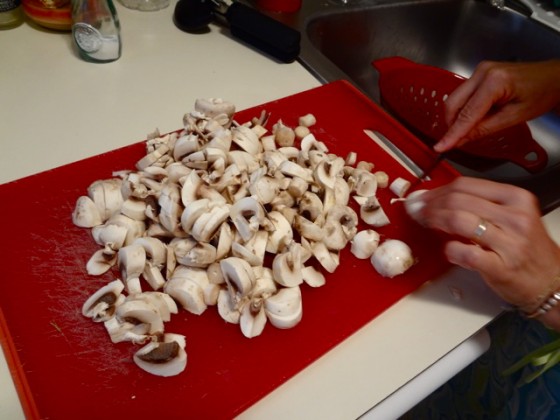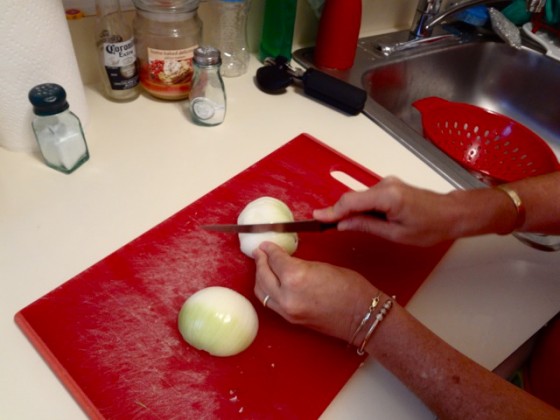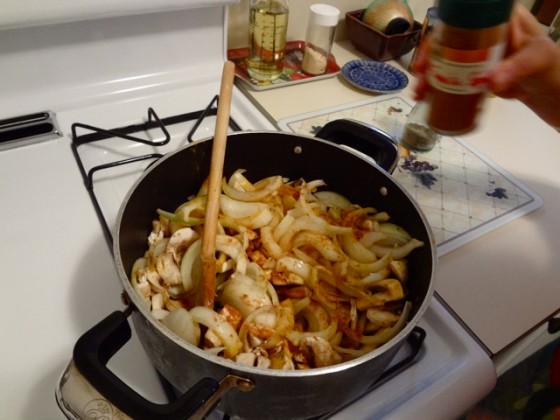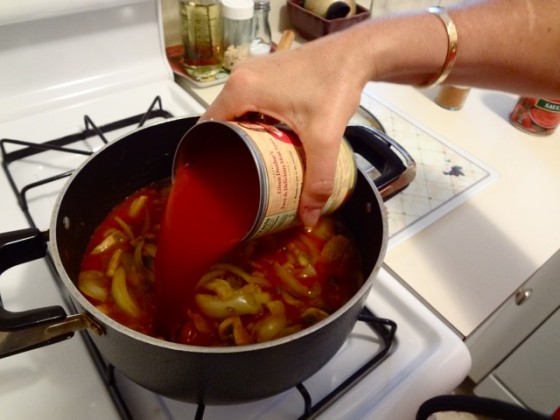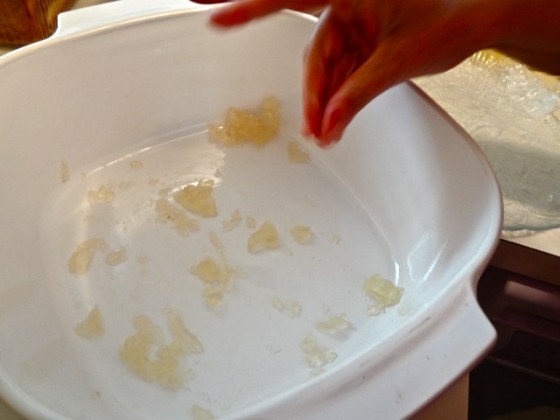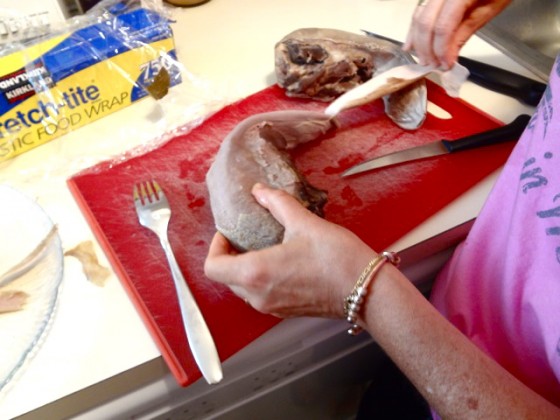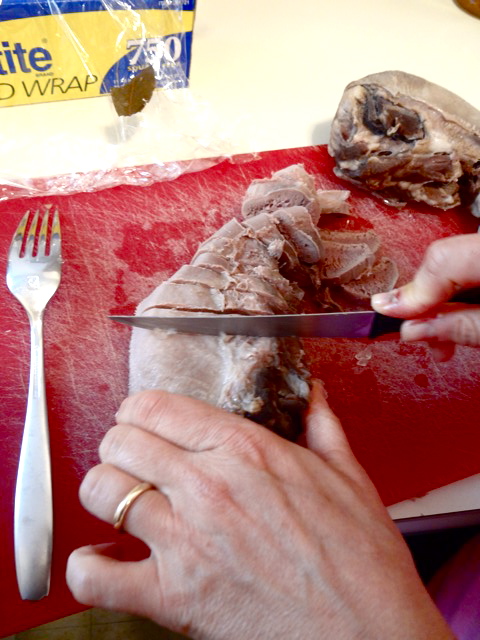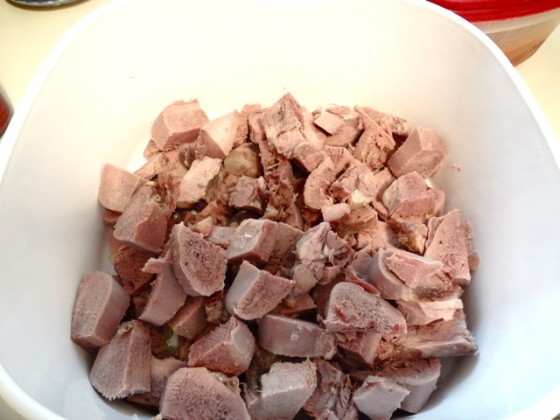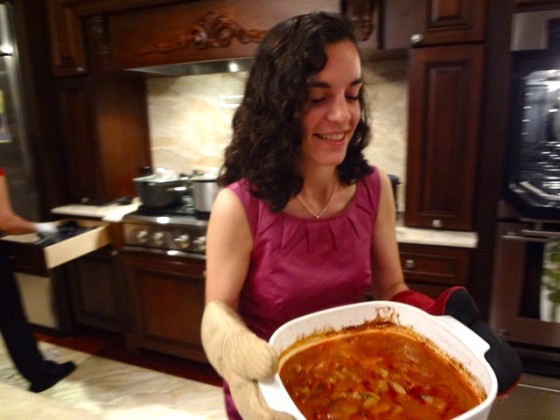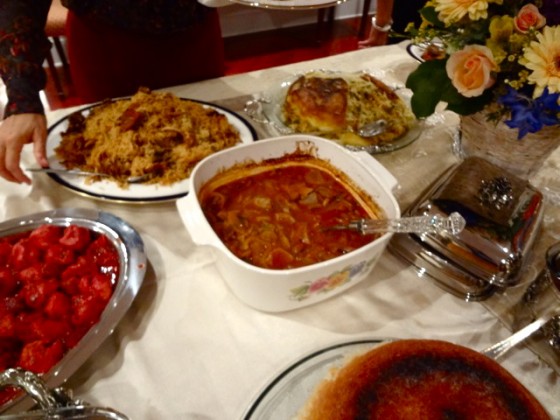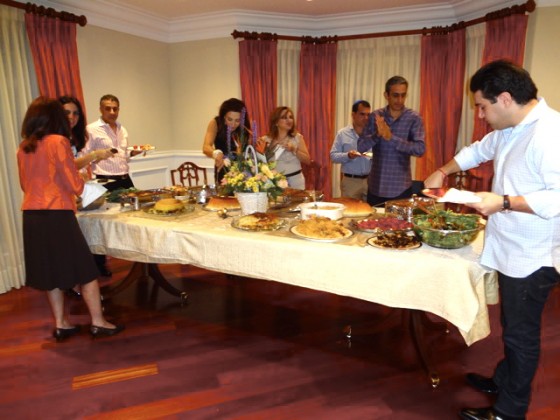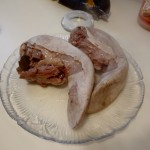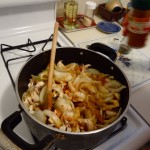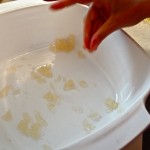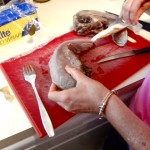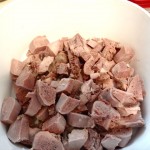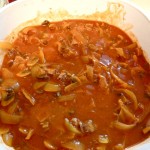Thanks for checking out this week’s edition of “The Kid Stays in the Kitchen.” Each week a student is assigned to cook a traditional dish with a friend or family member and document the experience in photos and words. This week features Tandy, who prepared a red bean rice cake, a comforting treat which reminds her of her grandma.
Hong Dou Nian Gao (Red Bean Rice Cake) by Tandy
It wasn’t a matter of what to cook, but how to cook it. The minute we were given this assignment in class, I instantly knew what I wanted to make: 红豆年糕 (Hóngdòu niángāo) which roughly translates into red bean rice cake. (Red bean sticky cake would be the more direct translation but it sounds less appetizing). To me, this recipe is like a memory capsule. Does that sound weird? Let me explain. When I was young, my parents were always busy working, so it was mostly my grandmother who stayed with me day and night. She would teach me things about food, how to prepare it or how to pick the best ingredients. One of my grandmother’s favorite dishes was Red Bean Rice Cake. She’d make it for us whenever we got a chance to have a family dinner. It would be the one day of the week when I got to see both my mother and father at the same time. So to me this cake is a sign of coming together. Whenever I smelled the red beans boiling, I knew that my parents would be home for dinner.
After my grandmother went back to China, I was devastated and I wouldn’t eat anything. The only thing that my parents could get me to eat was the red bean cake. It reminded me of her and the times I had been with her. The only problem was that my parents could never get the recipe correct. It would always be too sweet, too soggy or too bland. Sometimes they cooked the red beans for too long. Other times they didn’t leave the cake in the oven long enough. Regardless, I was really frustrated by the fact that the recipe might’ve been gone forever along with the memory I had of her.
I realize now that the magic of the cake is that it will never be the same every time. There was no solid recipe for how much sugar to put or how long to bake it. It all depended on the mood of the day. On days when the weather was cold, my grandmother would bake the cake slightly longer to keep it warm. When I was growing out of my baby teeth, my grandmother made the cake softer by adding more milk to it. There were so many variations that I lost track of the original but I guess that’s why I like this dish so much.
When I finally learned the recipe, I realized that the fun part of making the cake is experimenting with it. It doesn’t matter if there’s an extra quarter cup of milk or if I leave it in the oven for a few minutes longer. What matters is what treasure I get out of it. And for me, it’s the embodiment of my grandmother’s presence that really makes this the best dish ever.
Recipe:
• 4½ cups glutinous rice flour (sticky rice flour)
• ¾ cups vegetable oil
• 3 large eggs
• 2½ cups milk*
• ¾ cup granulated white sugar*
• ¾ cup brown sugar*
• 1 tablespoon of baking soda
• 1½ – 1¾ cup of mashed red azuki bean
• (optional) 1 cup of sesame
* can be moderated based on preference
Directions:
1. Thoroughly wash the beans and throw out any that are damaged.
2. Put the beans in a medium size pot and add double the amount of water to boil it. Depending on the amount of red beans you use the cooking time is different.
3. Keep boiling until the red beans become soft and edible. (You can taste it occasionally to see how soft you want it to be.)
4. Store them in the fridge in a bowl with plastic wrapping on top for about 5-10 minutes. Then go to work on the batter.
5. Preheat oven to 350°Fahrenheit (about 175°Celsius). Use a paper towel to rub a small amount of oil over a 9×9 inch pan.
6. Mix everything but the red beans in a bowl (preferably with the flour first and the baking soda last).
7. Stir for about 5 minutes (or stir with an electric mixer at medium speed for 2 minutes).
8. Keep stirring for about 2 more minutes or until the mix is completely liquidated.
9. Spread ½ to ¾ of the batter on the bottom of the baking pan (DON’T POUR ALL THE BATTER IN YET)
10. Bake this for about 10 minutes or until the batter is just beginning to set.
11. Take out the red beans from the fridge.
12. Remove the pan from the oven and add the red beans. Layer them evenly on top.
13. Pour the rest of the batter on top of the red beans. Don’t worry if some of the red beans are still visible.
14. Then bake again in the oven at 350 degrees for about 30-40 minutes depending on how you want the texture.
15. The cake is done when you stick a chopstick or toothpick in the middle and it comes out clean.
16. Let the cake sit for about 10 minutes before digging in.
17. Enjoy!
Optional: To give this cake even more of a taste, I decided to add sesame. If you want to incorporate sesame in your cake, make sure to do so after step 13. Once the rest of the batter is on top sprinkle the sesame evenly around the top.

